Where is your favorite place to photograph?
I’m often asked this question, but find it very difficult to answer. Part of Alaska’s lure and fascination to me is found in its tremendous diversity of environment. Sampling from one makes the other’s uniqueness more prominent. I like winter because of summer and I like summer in part, because of winter. Change and diversity really make travel across this landscape both distinctive and remarkable. Then there is the equation of wildlife, which is quite different in the Arctic than in southeast Alaska’s marine waters, both of which are astonishing in their own right. So as unsatisfying as it seems to not “name” a particular spot or location, Alaska’s collective spaces win me over. I was raised in the Midwest and became addicted to wide open spaces very young. I like the ability to see for long distances and across great vistas. Alaska feeds this addiction well.
Often a given location is great for one particular subject but has a few drawbacks in other ways. For example, Katmai National Park at Brooks Falls is an amazing place for brown bear photography, but for this very reason, there are lots of people there. Dealing with groups of people can far more difficult than dealing with the bears!
So instead of naming a favorite, I’ll list a few places that I enjoy photographing—mainly from a photographic perspective, not necessarily the pure nature experience or absence of people. They are not secret spots in any measure, rather well known really, but they are that for a reason indeed.
Katmai National Park
I like the topographical relief of this area, the nearby mountains, the aqua blue water of Naknek lake, the orientation of the sunrise, the diversity of wildlife, and yes, of course, the amazing congregations of brown bears. Access to Brooks lodge is made via commercial airplane to King Salmon and then a small float plane ride from there to Brooks Lodge, situated on the shores of Naknek Lake. Of increasing popularity is a day trip directly to Brooks from the Anchorage or Homer region. While this might be a great quick-chance to see the bears, you miss the good light of early morning and late evening. So I prefer to go for a stretch of time, in order to take some to time to get familiarized with the animals and their behavior and sample the diversity of weather. The campground is a cheap option, but the spots go quickly during prime summertime salmon runs, which of course, bring the bears.
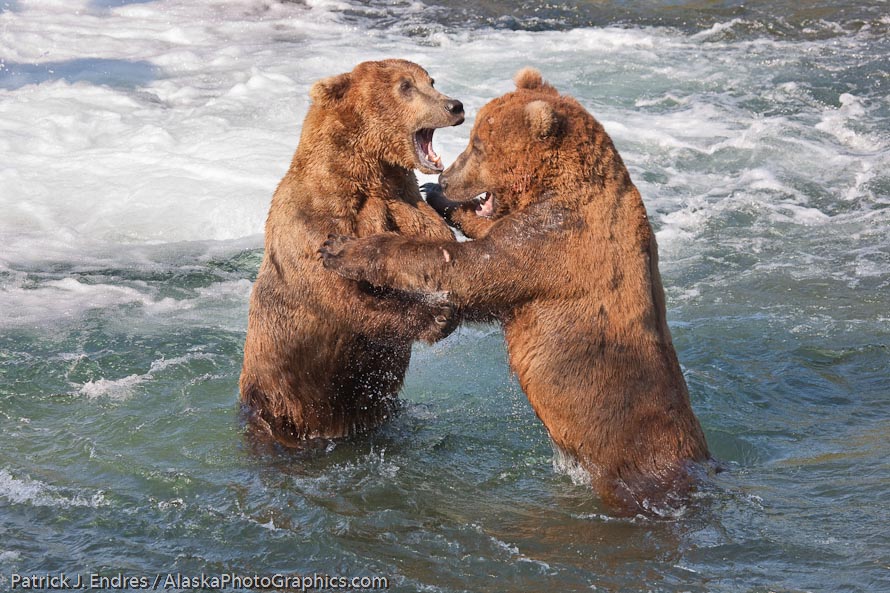
Brown bears defend fishing territory in the Brooks River, Katmai National Park, southwest, Alaska.
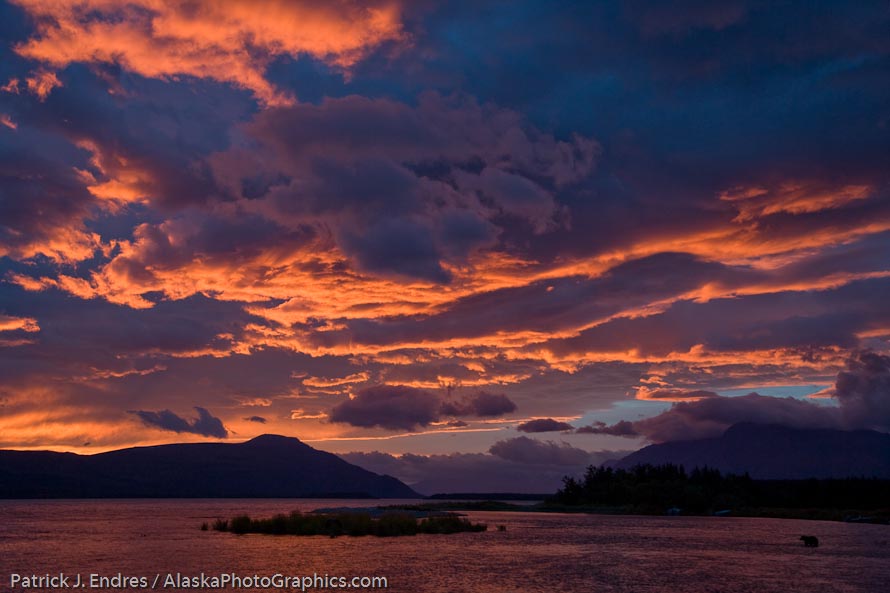
Brown bear wades in the Brooks River, morning sunrise over the Brooks River and Naknek Lake, Katmai National Park, Alaska.
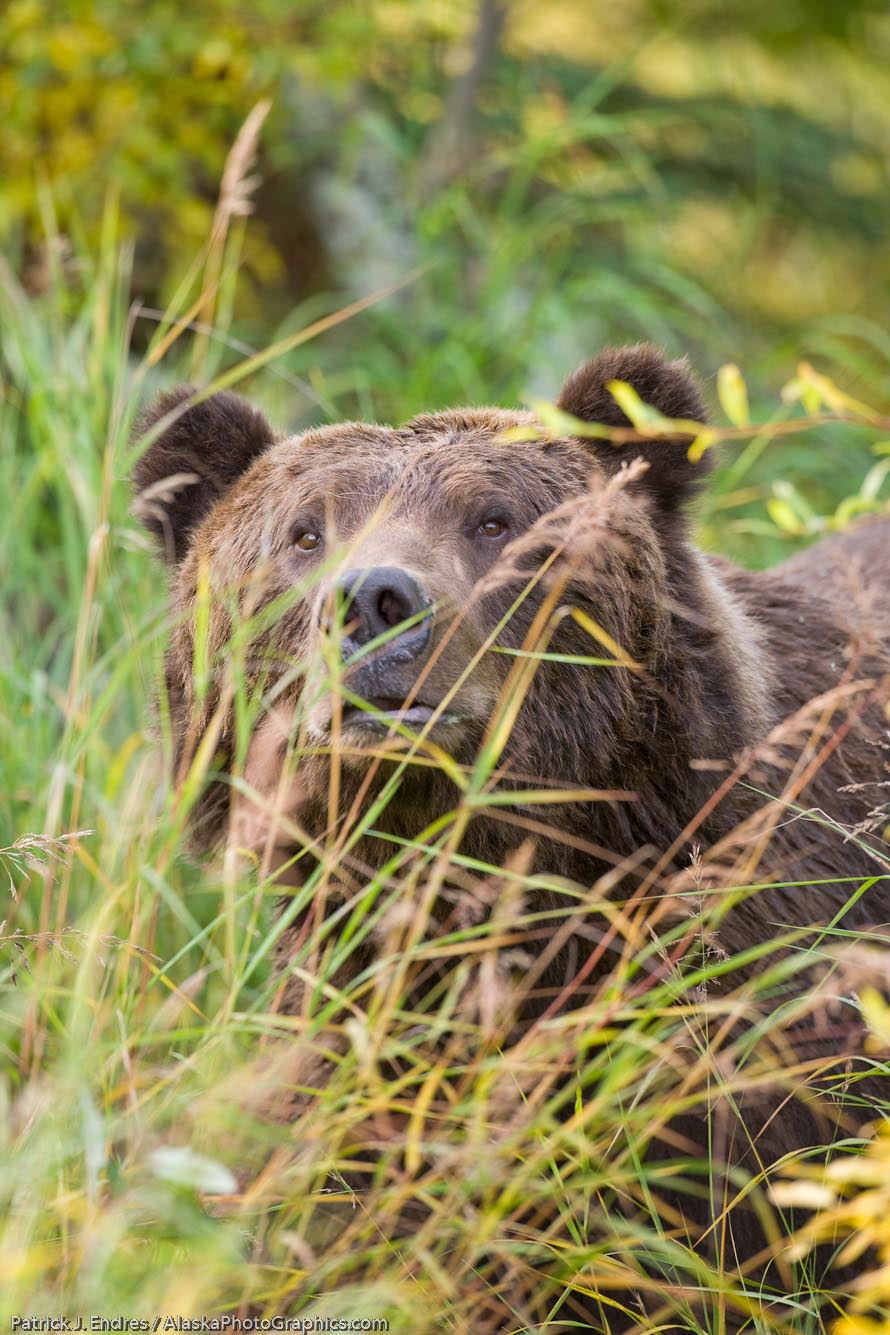
Brown bear peers through sedge grass, Katmai National Park, Alaska.
Prince William Sound
The long fjords choked in lush green hillsides are fantastic in this sheltered waterway of southcentral Alaska. Glaciers are thick and active, dumping huge icebergs into the sea. The weather can be wet, but not as severe as southeast Alaska. Its coastal landscapes and wildflower meadows are amazing. The bird life, marine wildlife, and the interface of human participation through kayaking and/or maritime industry make it intriguing. It’s growing in popularity and number of visitors, in a large part, due to the road access available to public vehicles through the tunnel from Portage to Whittier. The sound can also be accessed from Valdez or Cordova, on the northern and eastern shores respectively. The Spring birding festival, held in May in Cordova, is a fascinating and at times, mind-blowing experience. Especially if you time your visit to see the hundreds of thousands of shorebirds that migrate through.
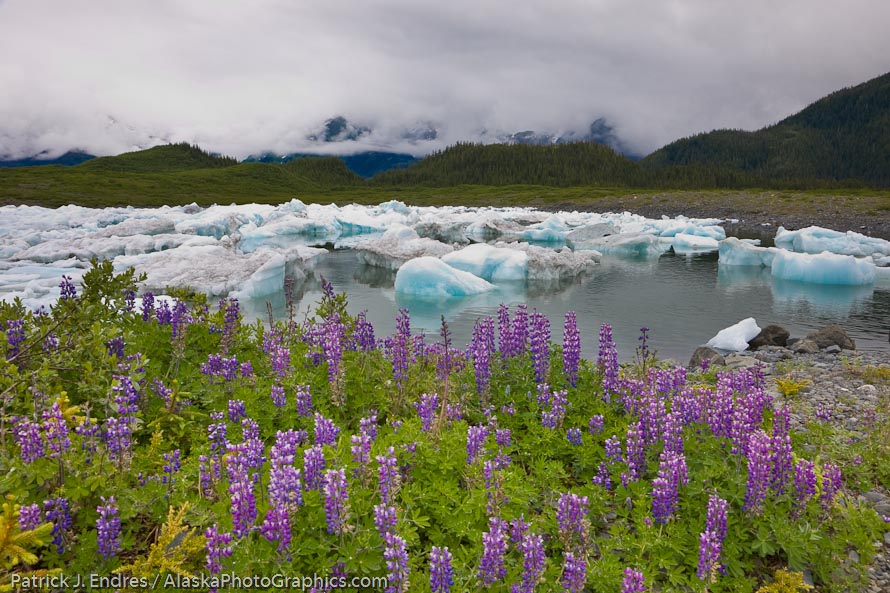
Columbia glacier icebergs, Lupine wildflowers, northern Prince William Sound, southcentral, Alaska.
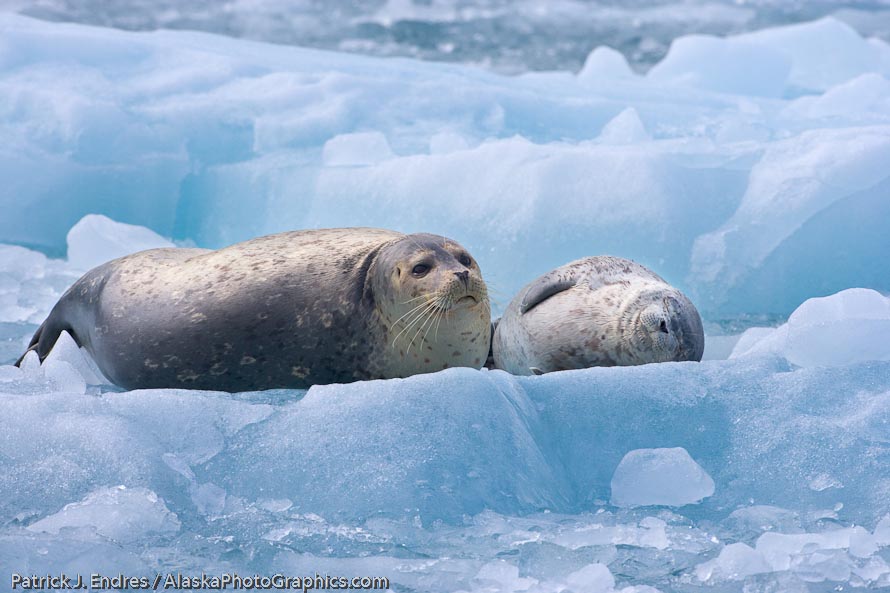
Harbor seals on glacier icebergs, Nassau fjord, Chenega glacier, Western Prince William Sound, Alaska
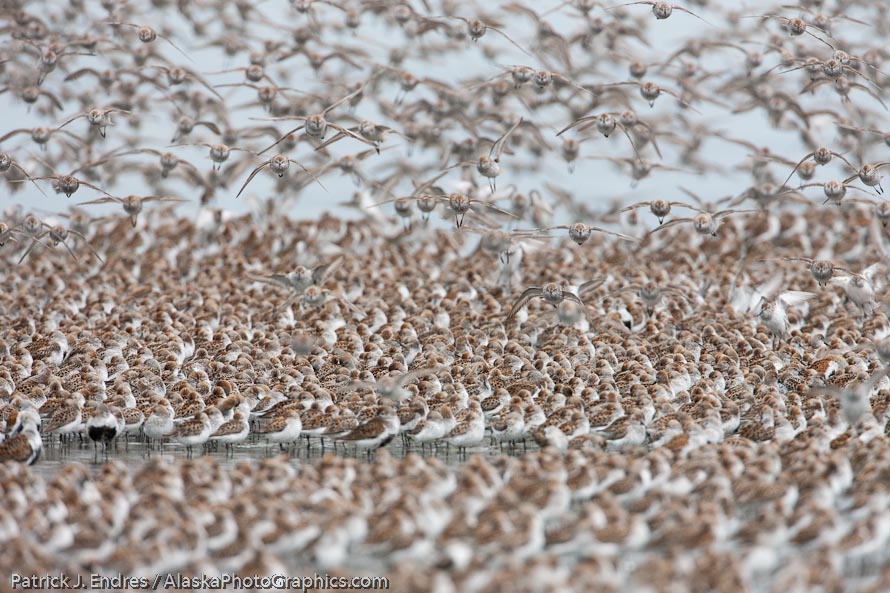
Flocks of shorebirds, dominated by Western sandpipers flock to the shores of Hartney Bay, Copper River Delta, Prince William Sound, Alaska, to refuel during their migration to summer
The Brooks Range
This is a massive region. The great continental divide in northern Alaska that separates the interior from the arctic north slope. It is extreme, austere, beautiful and rugged. Far less populated than the other areas mentioned above, it is equally more difficult to access. But the landscapes fascinate me, the rugged mountains, the infusion of light in the summer (and mosquitoes!!). I hope to do more work in this area over the next few years. There is some access directly from the Dalton Highway, should you choose to hike. Or you can fly into a number of areas for extended hiking or river travel. Coyote Air Service based in Coldfoot is a very reliable air taxi service. The pilot Dirk and his wife Danielle, know the area extremely well: www.flycoyote.com
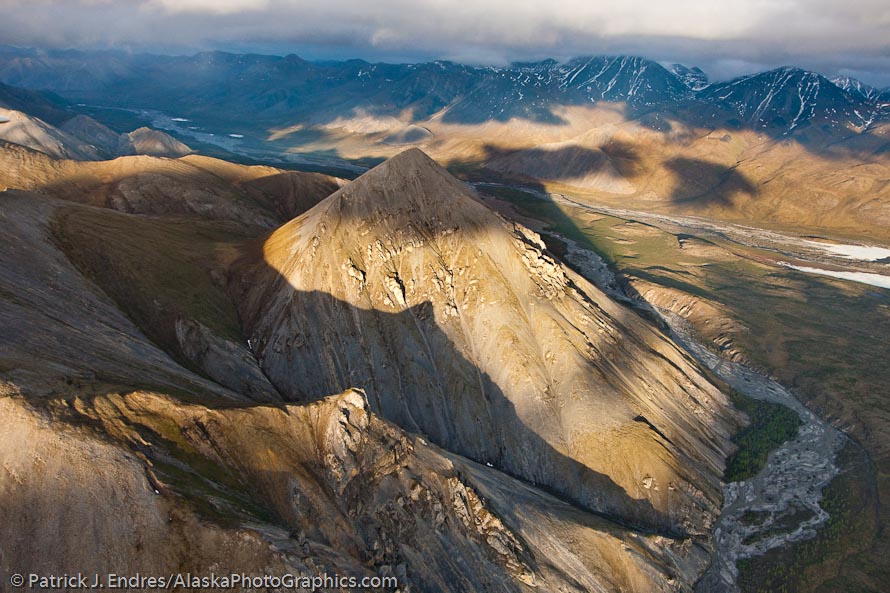
Aerial of the Davidson mountains of the Brooks Range, Arctic National Wildlife Refuge, Alaska.
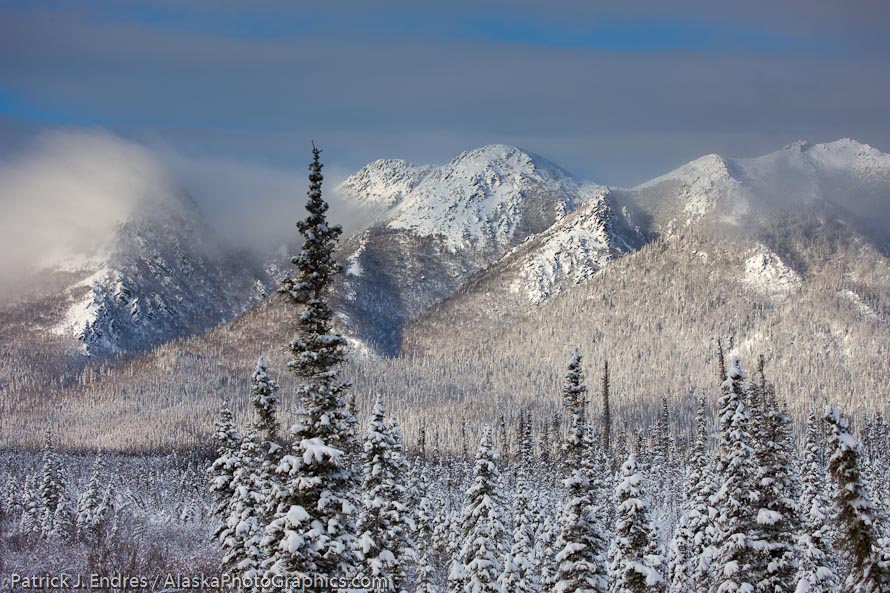
Winter landscape after a fresh snowfall on the foothills of the Brooks mountain range, arctic, Alaska.
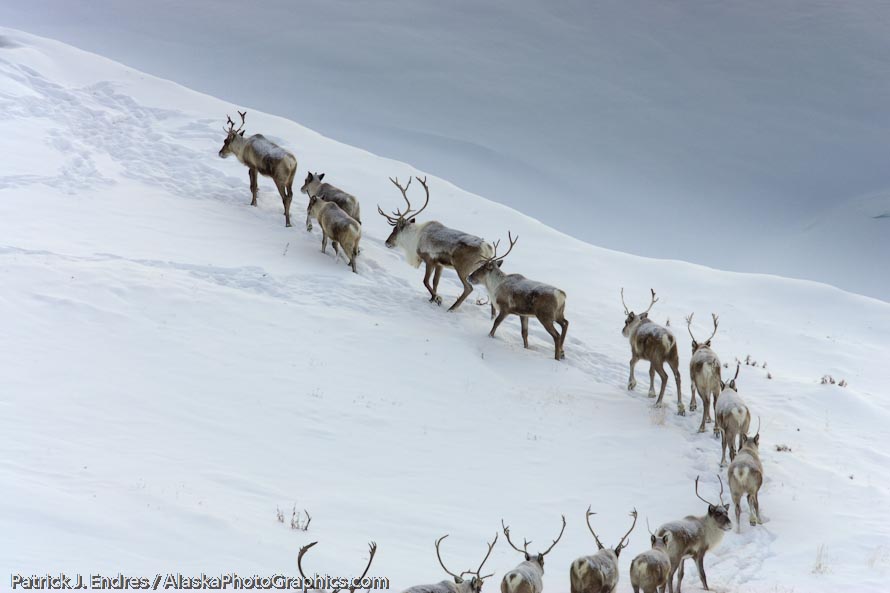
Caribou on the Arctic tundra north of the Brooks range, Arctic, Alaska
Denali National Park
While I often go to Denali Park with mixed feelings—there are soooooo many people to contend with along the road corridor—it does remain a very productive and beautiful place to photograph. The road moves through four different mountain passes, which parallel rivers with grand vistas–all in just 90 miles! I know of no other road system in the state with this diversity in such a short distance. The wildlife is abundant, relatively speaking, and diverse as well. It is also one of the few places to effectively and safely photograph interior grizzly bears—presuming one has a professional photographer’s permit which allows the luxury of traveling the park road in your own vehicle. This permit system has been on a gradual phasing out the Deplan over the last 10 years. Getting the specific dates is very difficult since only a few vehicles a day are permitted. However, in 2009 I used my bicycle to travel around and photograph, based from the Wonder Lake campground within the park. It is not the easiest way, but its great exercise, and while the shuttle buses travel often and provide a good service, I prefer to be mobile on my own.
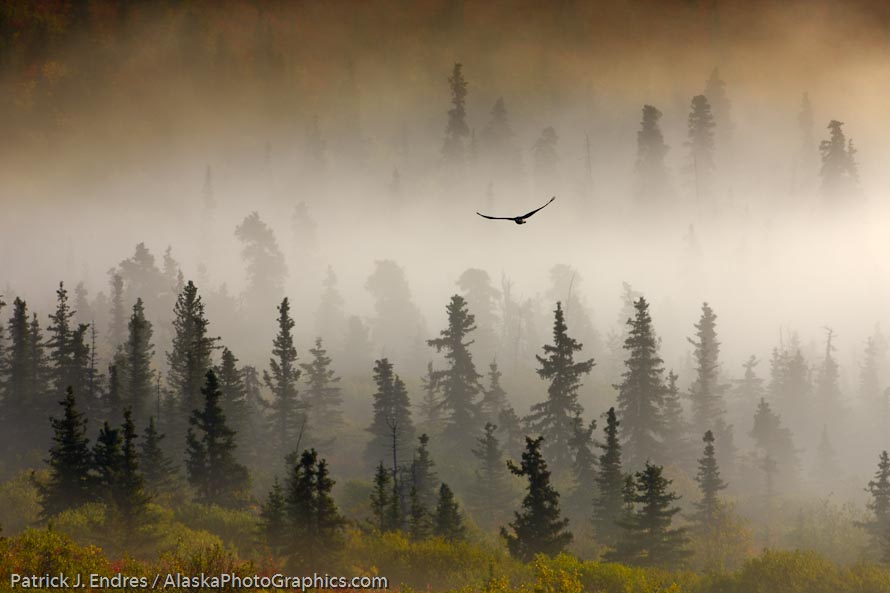
Raven flys through spruce trees in the morning fog, Denali National Park, interior, Alaska.
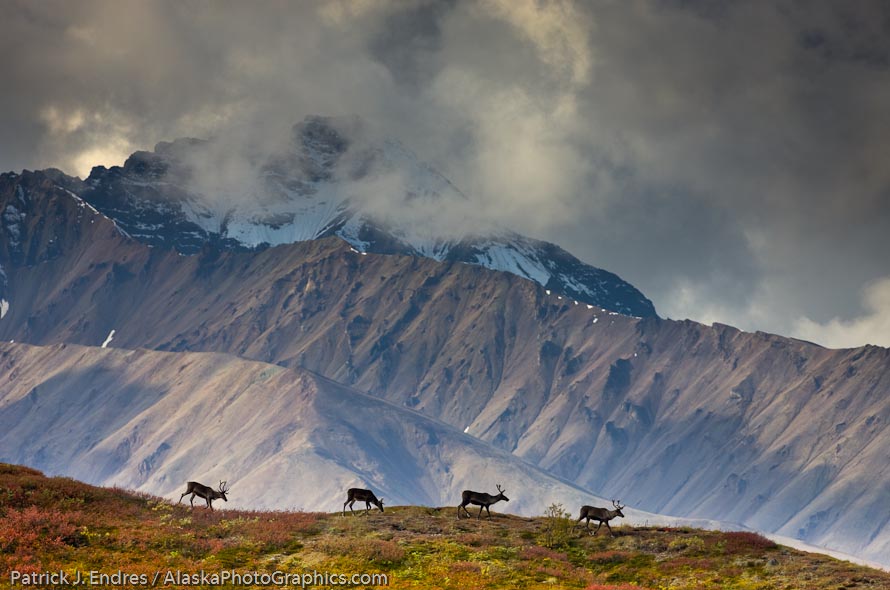
Bull caribou travel across a mountain ridge in the Alaska range mountains, Denali National Park, interior, Alaska.
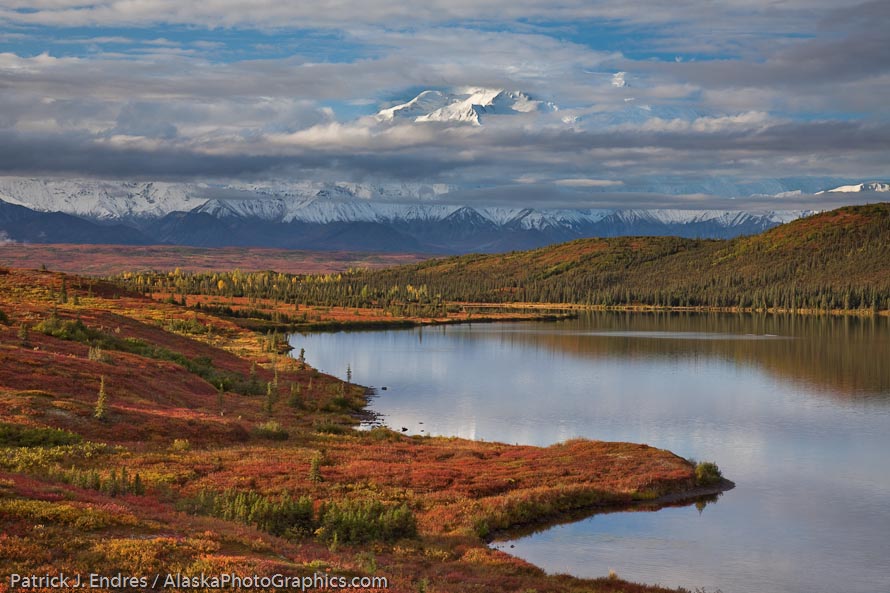
Partially obscured Mt Denali (North America’s highest mountain – 20,320ft), Wonder Lake, Denali National Park, interior, Alaska.






